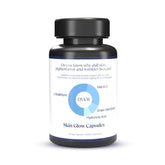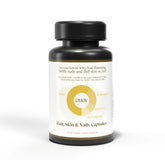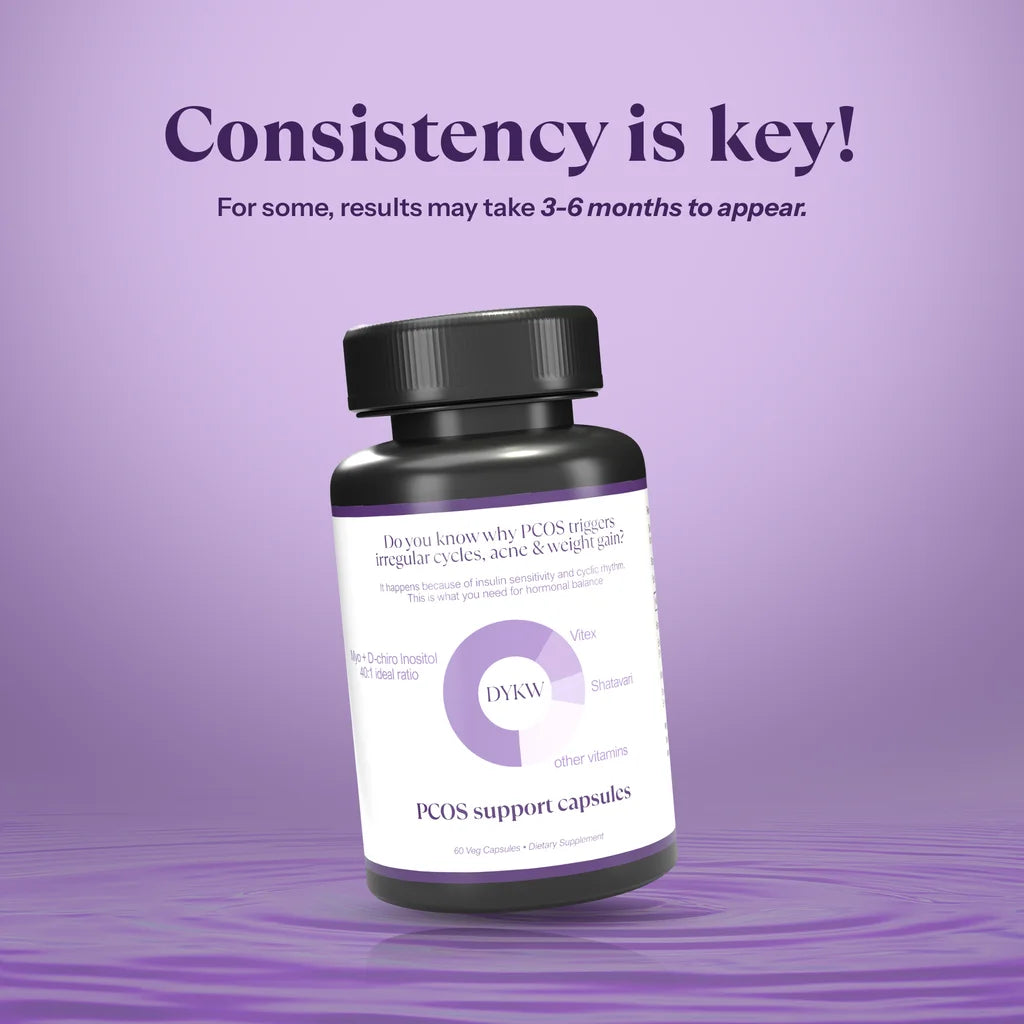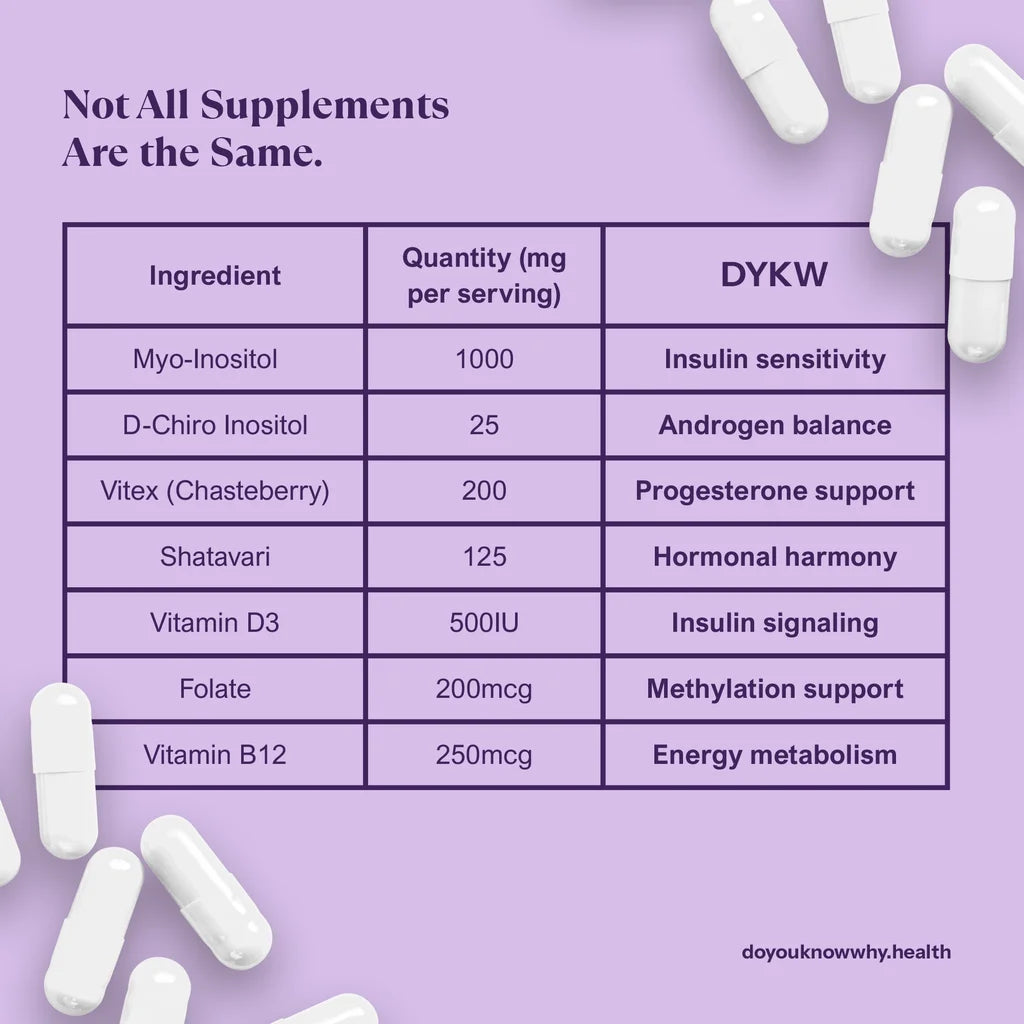Do You Know Why Certain Supplements Are More Effective Than Others?
Do you know why some supplements give you noticeable results while others seem like a waste? The truth is, not all supplements are created equal—differences in formulation, quality, and absorption matter. This article reveals the key factors influencing supplement effectiveness and offers expert tips to choose the best for your needs.
Why Do Supplements Vary in Effectiveness?
-
Active Ingredient Quality: Reputable brands use higher purity ingredients with scientifically supported dosages.
-
Absorption & Bioavailability: Smaller, well-formulated doses are absorbed better, especially if nutrients are in forms like chelated minerals or liposomal nutrients.
-
Manufacturing Standards: GMP-certified (Good Manufacturing Practice) facilities ensure product safety and potency.
-
Additives & Fillers: Excess fillers, dyes, or preservatives can impair absorption or cause sensitivities.
-
Personal Factors: Age, gut health, medications, and health conditions influence how well your body uses supplements.
How to Pick the Right and Most Effective Supplements
-
Check Certification & Transparency: Look for third-party testing and clear ingredient labels.
-
Research Ingredients: Prioritize scientifically-supported forms, e.g., methylcobalamin over cyanocobalamin for B12.
-
Assess Dosage: Ensure it matches evidence-based recommendations for your health goal.
-
Read Reviews & Brand Reputation: Choose trusted brands with positive user feedback and transparency.
-
Consult Your Healthcare Provider: Always check with a professional especially if you have health conditions or take medications.
FAQs
DYKW: Are expensive supplements necessarily better?
Not always, focus on quality, ingredients, and certification rather than price alone.
DYKW: Can I trust online reviews?
Use reviews as a guide, but verify third-party testing and ingredient transparency.
Call to Action
Make smarter supplement choices today. Explore our curated selection of high-quality, science-backed products.






















